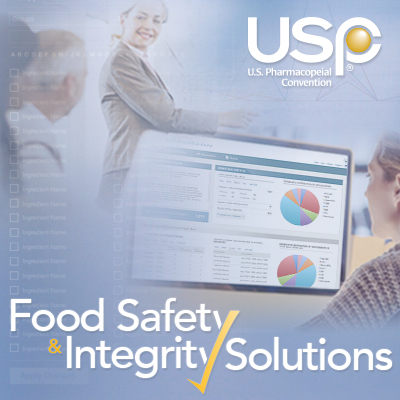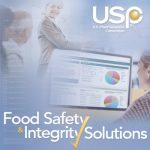In June FDA officially deemed the use of partially hydrogenated oils (PHOs) as unsafe, or technically, not generally recognized as safe (GRAS). The use of PHOs has been debated for more than a decade, and as a result of FDA’s latest ruling on PHOs, food processors must remove these ingredients from their products within three years.
From preservatives to artificial sweeteners to natural flavors, the list of ingredients that go into processed foods can be quite extensive. Consumers are becoming more vigilant about what they put into their bodies, and FSMA will give FDA the authority to act immediately in instances related to safety. Does this mean that some ingredients could be in danger? The answer is yes, according to Jim Lassiter, president and COO of Ingredient Identity. “[Ingredients] are products that you literally take inside your body, and there is nothing more personal than that,” says Lassiter. Combine this simple yet fundamental fact with consumer awareness and the entrance of FSMA, and food and beverage manufacturers may be entering a new era of scrutiny.
Food Safety Tech: From an ingredients perspective, what challenges are the industry facing?
Jim Lassiter: Implementation of FSMA. Although it’s being implemented at a slower pace than Congress desired, and I believe slower than [FDA’s] original intent, that pace is accelerating. And while the increase in challenges related to the composition and manufacturing of products will be significant, FSMA will be an overall benefit to consumer confidence.
Consumer confidence. Whether the issue is bioengineered foods or disclosure of bioengineered foods through the business of trans fats, or just the general composition and healthful nature of foods. Slowly but surely, increasing consumer awareness of food choices and diet will have a significant impact. Regardless of the type of product, this is going to be universal and will increasingly play a role in decisions that food companies make during product development.
The unknowns. We don’t know what is coming around the corner, whether it’s positive or negative. A lot of effort is being extended within the food sector to discover the next big thing—whether it’s probiotics or prebiotics; addressing product reformulation in light of the elimination of trans fat [requirement]; or something that strikes out of the blue. That is always the most challenging aspect of the ingredients industry. Foods themselves, regardless of what country you are in, are cultural in nature; they are the most personal consumer good that you can obtain. As a result, our awareness as an industry of what we do to products must bear both of those pieces in mind. We have to recognize the cultural nature of food and simultaneously recognize the personal nature of products. As a result, we won’t necessarily have insights into the great unknown or the next big thing, but at least we will have the perspective necessary to deal with any unknowns as we move forward.
FST: In the coming year, what overall effect will FSMA have on food and beverage manufacturers related to ingredients themselves?
Lassiter: From an ingredients perspective, what’s going to happen is simple and straightforward. FSMA grants FDA the broad authority to assist and act in instances where there are issues with safety. That is, however, still nebulously defined and interpreted. So, there’s potential for FDA to suddenly make a determination that an ingredient is not safe or [that it] poses some degree of safety risk. FSMA authorizes FDA to take immediate action rather than [submit] a new process notification, etc. They will also have the authority to take immediate action in the case of violations of good manufacturing practices if the perception can be tied to any aspect of safety. FSMA stands for safety; that is the hinge point on which all of this occurs.
For example, with the revised good manufacturing practice for the manufacturing of food products coming out and the full implementation of HACCP across all food categories, it’s conceivable that FDA will take immediate action on inspection deficiencies in the food manufacturing realm. I think that’s one of the big issues. I don’t want to make it sound like the boogey man is out there, but it is a very real possibility. Ingredients themselves can suddenly be identified as unsafe. I don’t see that necessarily being a very radical reaction. The potential impact is more likely to be broad, but I suspect that at some point in time, there will be an ingredient that pops up out of a FSMA ruling that will suddenly be declared to be unsafe and [consequently] removed from market.
Second, I think the implementation of HACCP across all food categories will have notable impact, initially through common regulatory action (i.e., via inspection deficiencies reports, which are very common in terms of dietary supplement manufacturer inspections). I think you’ll see those becoming increasingly common in food manufacturing operations, because of the implementation of HACCP more broadly. The first round will be more likely for increased regulatory activity in food manufacturing inspections. If that message is not received and implemented rapidly, then the extension of FSMA is that [FDA] can shut down the plant without any due process whatsoever. That looms as part of the implementation. In terms of ingredients, you’re likely to see [some] that folks may not have previously thought about [as unsafe] identified as potentially hazardous. I’m not sure in what area it will occur, but I’m fairly confident that it will happen at some point in time.
Part II of Food Safety Tech’s conversation with Jim Lassiter takes a closer look at GRAS self declarations and the areas of confusion among companies.











